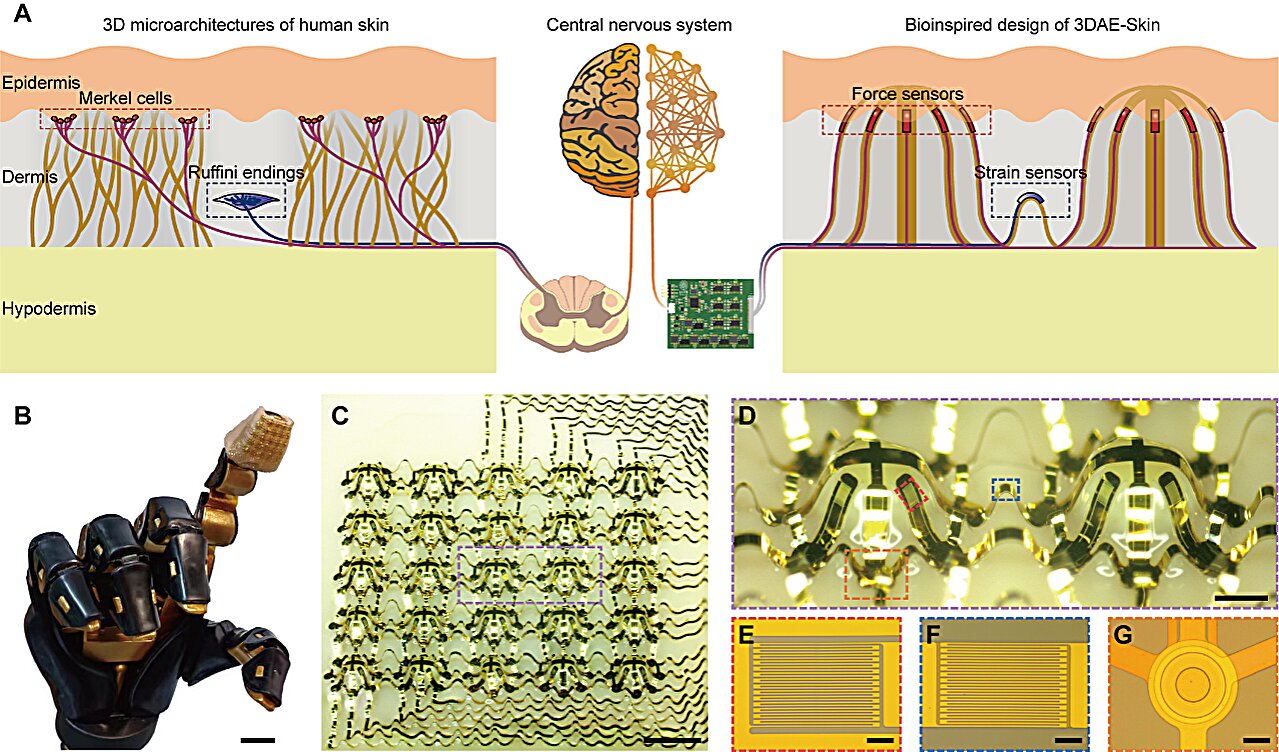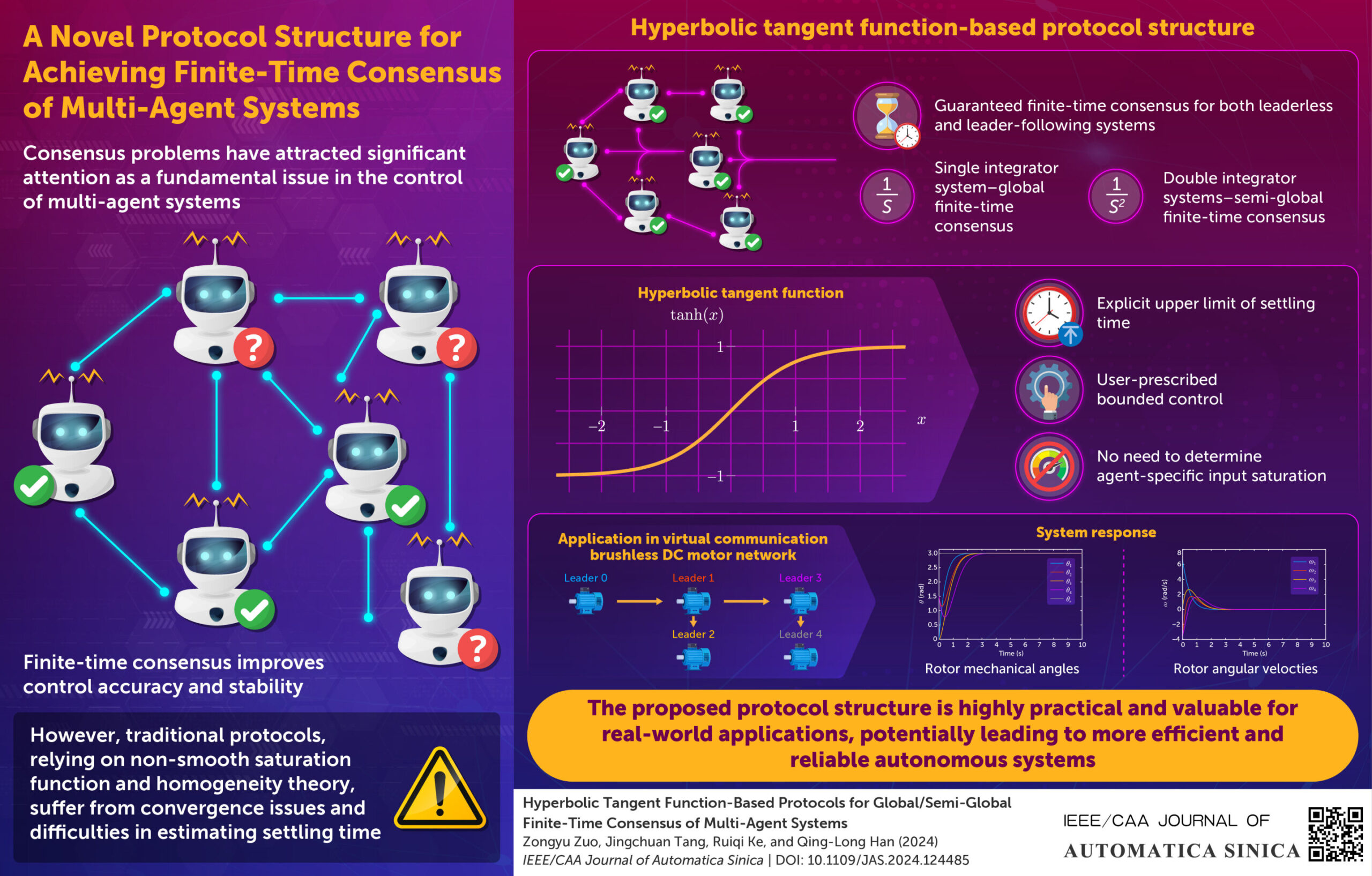
Auto retailers across the U.S. suffered a second major disruption in as many days due to another cyberattack at CDK Global, the software provider on which thousands of dealers rely to run their stores.
CDK informed customers on Thursday of the incident that had occurred late the prior evening. The company shut down most of its systems again, saying in a recorded update that it doesn’t have an estimate for how long it will take to restore services.
“Our dealers’ systems will not be available at a minimum on Thursday,” the company said.
On what otherwise would have been a busy U.S. holiday for business, dealers reliant on CDK were unable to use its systems to complete transactions, access customer records, schedule appointments or handle car-repair orders. The company serves almost 15,000 dealerships, supporting front-office salespeople, back-office support staff and parts-and-service shops.
AutoNation Inc. led shares of publicly listed dealership groups lower Thursday, falling as much as 4.6% in intraday trading. Lithia Motors Inc., Group 1 Automotive Inc. and Sonic Automotive Inc. also slumped.
Greg Thornton, the general manager of a dealership group in Frederick, Maryland, said his stores’ CDK customer-relations software had been down since early Wednesday morning.
“I can only assume that CDK is working all hands on deck to resolve this,” said Thornton, whose group includes Audi and Volvo stores. “We’ve had no conversations with them in person or over the phone.”
Sam Pack’s Five Star Chevrolet outside Dallas sold four vehicles on Wednesday despite the initial outage, but has had to adapt, such as by handling some tasks on paper until service is restored, said Alan Brown, the store’s general manager. While sales staff are able to submit approvals to lenders, the outage has blocked other elements of a transaction, such as obtaining titles.
“We’re still doing business,” Brown said. “It’s just not our normal flow.”
The CDK provider hasn’t yet provided a timeline for when its systems will be available again, he said.
The National Automobile Dealers Association said Wednesday it was actively seeking information from CDK to determine the nature and scope of the cyber-incident.
CDK was spun off by Automatic Data Processing Inc. in 2014, then agreed to be acquired in April 2022 by the investment company Brookfield Business Partners in an all-cash deal valued at $6.4 billion.
2024 Bloomberg L.P. Distributed by Tribune Content Agency, LLC.
Citation:
Car dealers across US are crippled by a second cyberattack (2024, June 20)
retrieved 24 June 2024
from https://techxplore.com/news/2024-06-car-dealers-crippled-cyberattack.html
This document is subject to copyright. Apart from any fair dealing for the purpose of private study or research, no
part may be reproduced without the written permission. The content is provided for information purposes only.











